I very recently wrote a post showcasing my experience with alligator training. It comes as a surprise to a lot of folks that alligators have the cognitive faculties capable of that level of recognition and training. So today I wanted to briefly talk about the intelligence of one of the most fearsome reptiles.
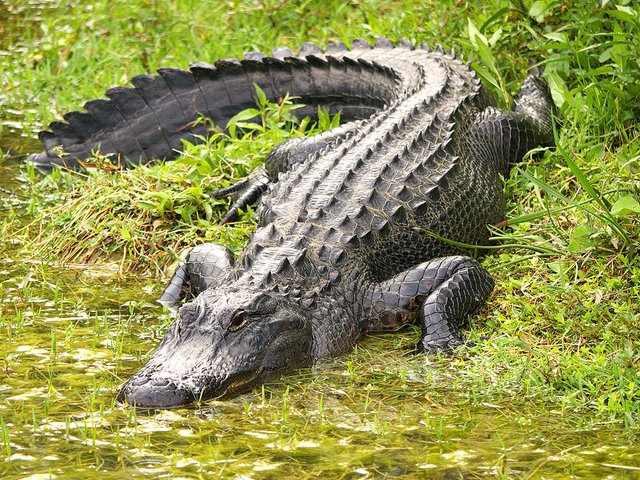
American alligators (and crocodilians in general) can be described as living tanks. Growing up to more than fourteen feet in length, covered in bony-plates, armed with more than eighty teeth and delivering a bite up to 3,000 psi, alligators are highly successful apex predators. They have acute senses, capable of tracking their prey from great distances, even in complete darkness. They are not the dumb, slow and dull lizards that many people believe them to be.
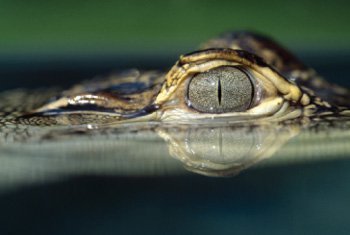
Alligators are capable of communication. They are vocal animals that growl, yelp, hiss, bellow, and head slap the water to get their point across. Alligators are considered the most vocal of all crocodilians as they begin chirping before they even hatch. To lure females, male will produce infrasonic vibrations below the water, pulses that can travel a remarkable distance (in the picture below, you can see the water rippling along his back). To avoid fighting and potential injury, males settle most disputes by head-slapping the water, marking their territory. Because of their ability to communicate, large groups of alligators will sometimes share the same territory, using their own language to sort out the hierarchy.
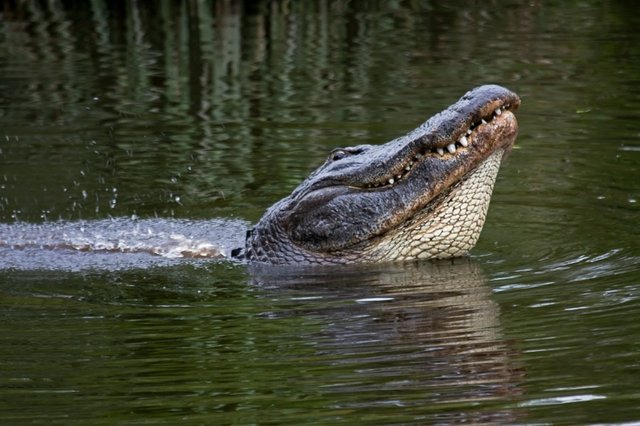
Their capability of recognizing patterns makes it possible to train gators. They’re motivated by food (of course) allowing their behavior to be shaped by a system of positive reinforcement. If our gator, Stella, is acting up and being aggressive or pushy, I do not offer her any food; when she is calm and attentive, I reward her. She recognizes these patterns and begins to adjust her behavior accordingly so she will be rewarded each time. Early on in her training, Stella was a bit too attentive, and she was able to anticipate my moves before I acted. We later discovered she had picked up on an involuntary muscle twitch I made before issuing her a command. Some facilities have taken their training a step further and have even managed to teach alligators to recognize their own names!
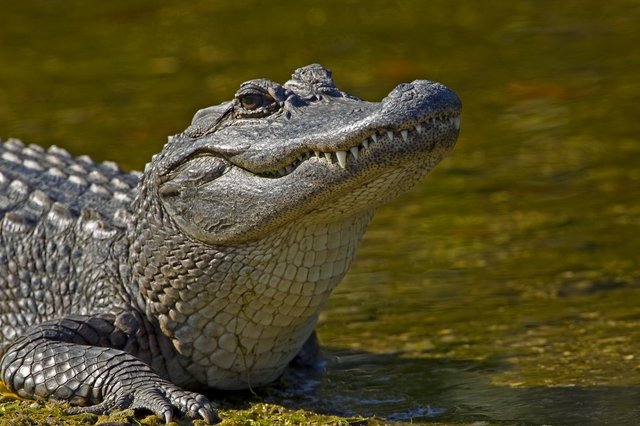
Gators are capable of solving problems and figuring things out. While this does help in their training, it can make wild alligators (or troublesome gators like Stella) more difficult to contain. In their quest to find their territory, alligators have been witnessed climbing trees and chain-link fences, rather than taking a longer route to get around. During her first week on exhibit, we were shocked to discover Stella had managed to escape the exhibit TWICE, a feat never accomplished by any of our gators. It was discovered that Stella had figured out that by lifting the small grate at the back of the exhibit, she could crawl through the gap and crawl out of the retention pool. Once the grate was secured by staff, Stella spent the next several days systematically testing various points of the exhibit for weaknesses (you may recall the velociraptors in Jurassic Park were reported doing the same; this is a very real and very common behavior among gators).

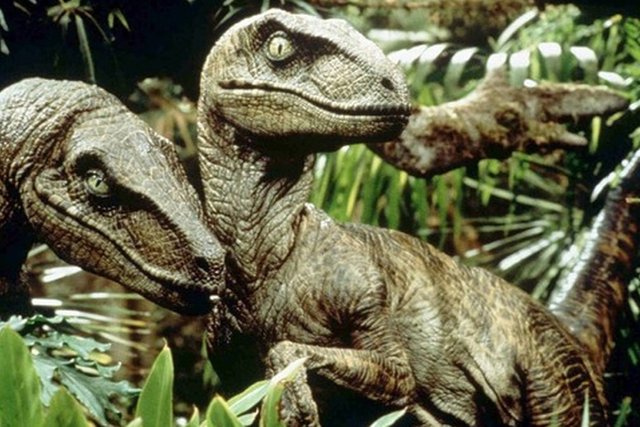
Perhaps most shocking, it was recently discovered that alligators and a couple other species of crocodilians were capable of using tools. This occurred most frequently during the migratory bird nesting season. Alligators and their kin were observed floating motionless in the water with small piles of sticks stacked on their heads and snouts. It wasn’t clear what was happening until researchers repeatedly observed the gators snapping up any birds that descended, attempting to collect the sticks for their nests. Though very primitive, the use of any object to obtain food in such a manner does count as using tools, making gators far smarter than we initially realized.

Alligators, and most reptiles and general, are far more intelligent than most people will ever recognize. This makes them all the more fascinating for study by the people, like me, who work alongside them. The ability to train them, and observe their behaviors and thought patterns up close is truly unbelievable. So the next time you go to your local zoo, take a closer look at the alligators: they might be studying you just as closely as you’re observing them!
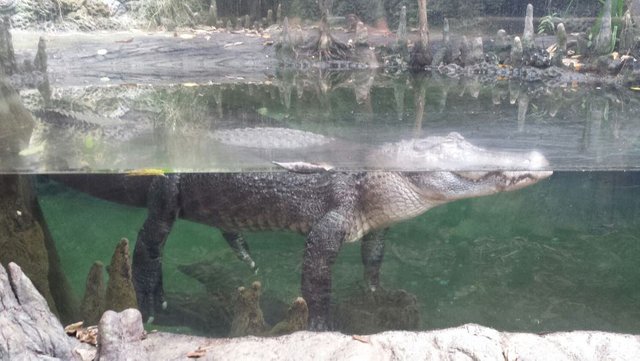
What's the difference between an alligator and a crokodile?
Downvoting a post can decrease pending rewards and make it less visible. Common reasons:
Submit
Good question! The only fool-proof way is to look at the teeth when the mouth is closed. If you see only top teeth, it's an alligator (their bottom teeth fit into grooves in the upper jaw and are hidden). If you see the bottom teeth pointing upwards (especially the 4th tooth) it's a croc. Crocs have a much more snaggled smile!
(The last picture would actually be a crocodile. Shhhh, don't tell anyone!)
Downvoting a post can decrease pending rewards and make it less visible. Common reasons:
Submit
I thought crocs were plastic shoes.
Downvoting a post can decrease pending rewards and make it less visible. Common reasons:
Submit
Thanks for sharing this article, I like what you posted. Thank you so much
Downvoting a post can decrease pending rewards and make it less visible. Common reasons:
Submit
Downvoting a post can decrease pending rewards and make it less visible. Common reasons:
Submit
awesome article :) I am from Florida and I did not know all that you covered in the article, thanks for sharing!
Downvoting a post can decrease pending rewards and make it less visible. Common reasons:
Submit
Thank you! My job is all about connecting people to their local wild-life. I think it's extremely important that people are informed about the animals living in their own backyard!
Downvoting a post can decrease pending rewards and make it less visible. Common reasons:
Submit